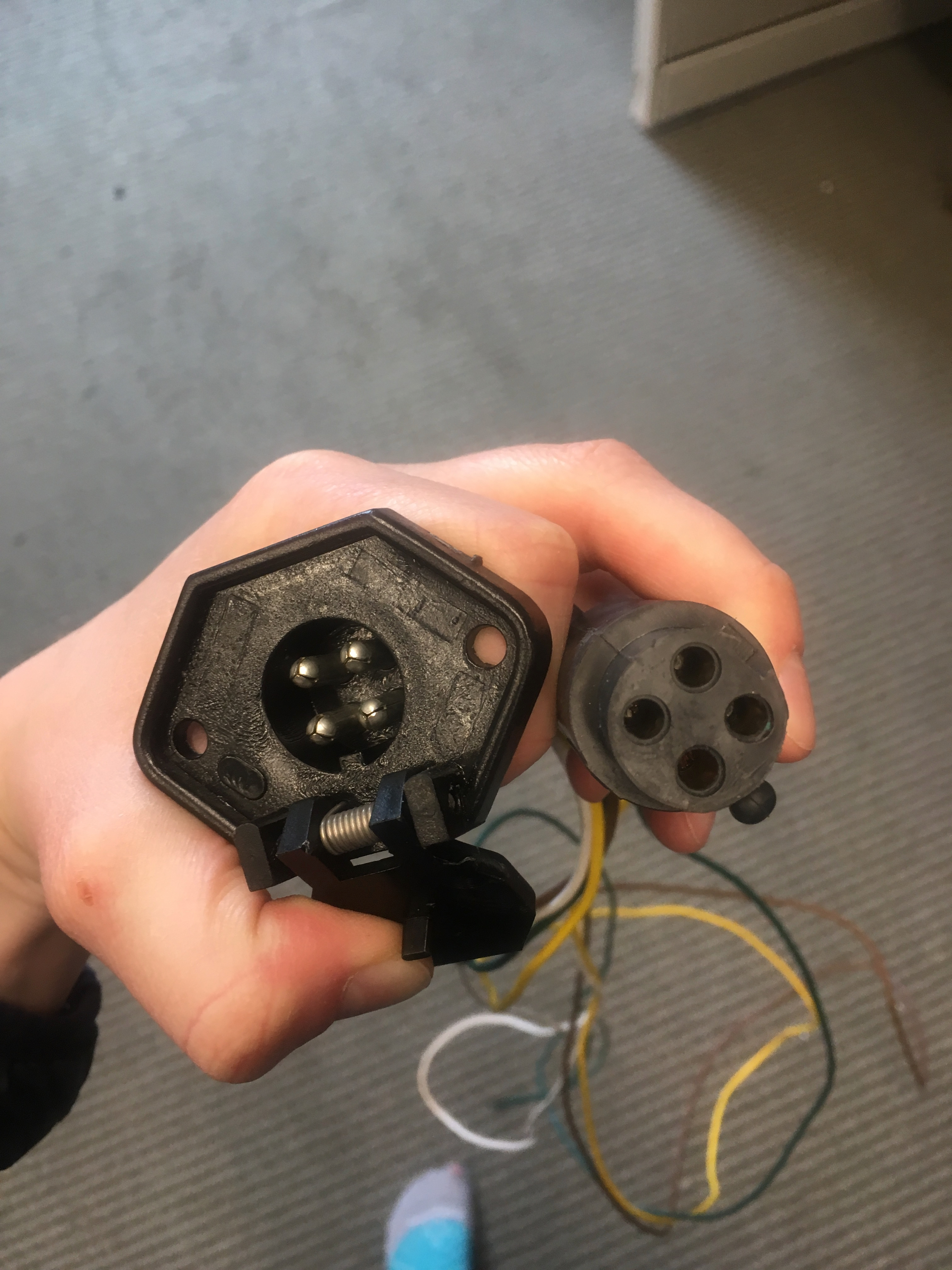
Difference: FRCVBatteryBoosterPack (3 vs. 4)
Revision 42017-05-26 - DamianLyons
| Line: 1 to 1 | ||||||||
|---|---|---|---|---|---|---|---|---|
Battery Booster Pack for Mobile Robots P3-AT | ||||||||
| Deleted: | ||||||||
| < < | This project started as a way to support the need for more power logevity during testing and a way to utilize batteries several sizes to large that were accidently ordered. Please See documentation for specifics. | |||||||
| Changed: | ||||||||
| < < | Permissions | |||||||
| > > | IntroThis project started as a way to support the need for more power longevity during testing and as a way to utilize batteries several sizes too large that were accidently ordered. The batteries used for this pack were three 12V 12AH Lead Acid Casil Batteries about 4” by 6”. While these batteries were several inches too large to fit in to the robot itself, the voltage and current were compatible enough that they could easily be added in parallel to the standard batteries used. (PICTURE1 HERE)The MountIn order for the batteries to be easily added to the bot without interfering with functionality or taking up the valuable real estate the top of the bot offers, a mount had to be constructed. For this mount we decided to use angle iron as the main material and nuts and bolts as the fasteners. These materials were chosen because of the ease with which they can be used for construction and the strength they'll provide in the face of the somewhat weighty batteries. The dimensions of the base are: 13.5" wide x 9.25" long x 5.5" tall. The battery rails are 7.25” long and 4”apart with a flat bar attached underneath the rails for extra support. (PICTURE2)The Wiring(PICTURE3)(PICTURE4) For the wiring we used two strands of size 8 electrical wire twisted together and soldered to bared female spade connectors, wrapped in electrical tape. Each section of wire was connected by wire nuts. The connector we used between the batteries and the bot itself was a standard RV connector. We cut the wires of the RV connector in the middle and connected the wires on the male end to the loose ends of the batteries’ wires with powerpole stackable connectors.
We cut the wires of the RV connector in the middle and connected the wires on the male end to the loose ends of the batteries’ wires with powerpole stackable connectors. | |||||||
| Changed: | ||||||||
| < < |
| |||||||
| > > | (PICTURE5)(PICTURE6) | |||||||
| Changed: | ||||||||
| < < |
| |||||||
| > > |
In order to connect the wires stemming from the female end to the bot itself we bared the wires and crimped those on to ring tongue connectors which we then screwed in to a positive (pictured left) and negative (pictured right) connection on the robot’s battery strip.
(PICTURE7)(PICTURE8)
The Entire Setup(PICTURE9) This booster pack more than doubled the life span of the robot during intensive testing. Video of testing can be found at https://twiki.ace.fordham.edu/bin/view/Main/FRCVBatteryBoosterPackPermissionsPersons/group who can view/change the page: | |||||||
| ||||||||
View topic | History: r7 < r6 < r5 < r4 | More topic actions...
Ideas, requests, problems regarding TWiki? Send feedback